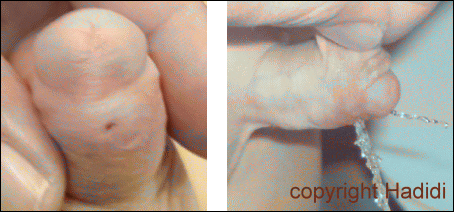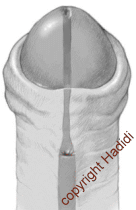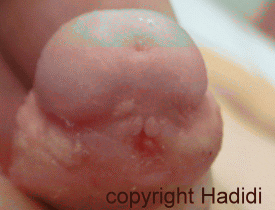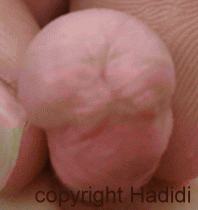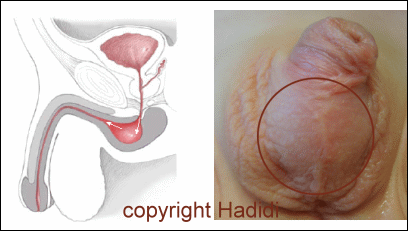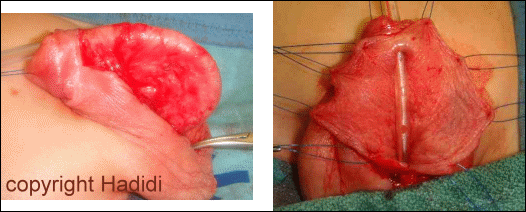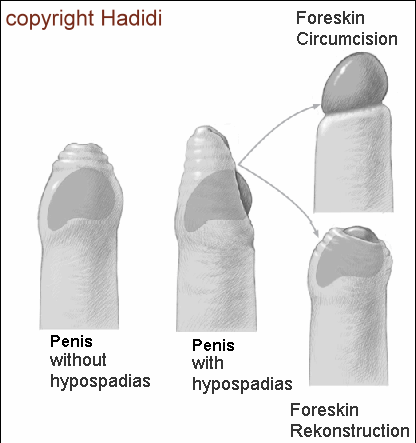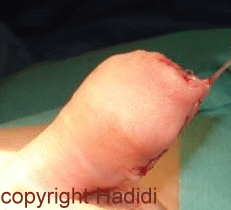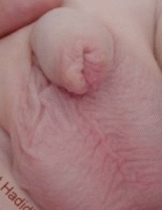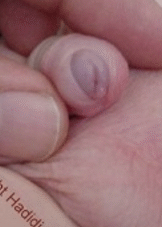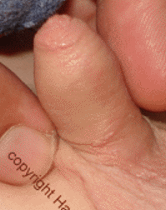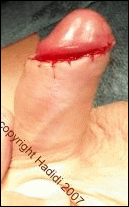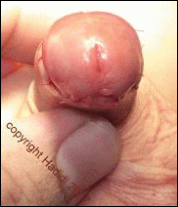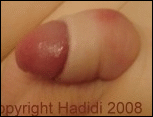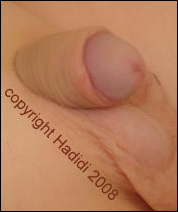 Fistula is a well known complication after hypospadias repair. The fistula may recur after surgical closure, (especially after TIP repair) if the new urethra is narrow.
Fistula is a well known complication after hypospadias repair. The fistula may recur after surgical closure, (especially after TIP repair) if the new urethra is narrow.
In most cases after TIP repair, it is usually necessary to open all new narrow urethra again and reconstruct a wide new urethra to avoid that the fistula may come back.
Recurrent fistula due to stenosis after TIP repair, More urine comes out of fistula than thruough the tip:
